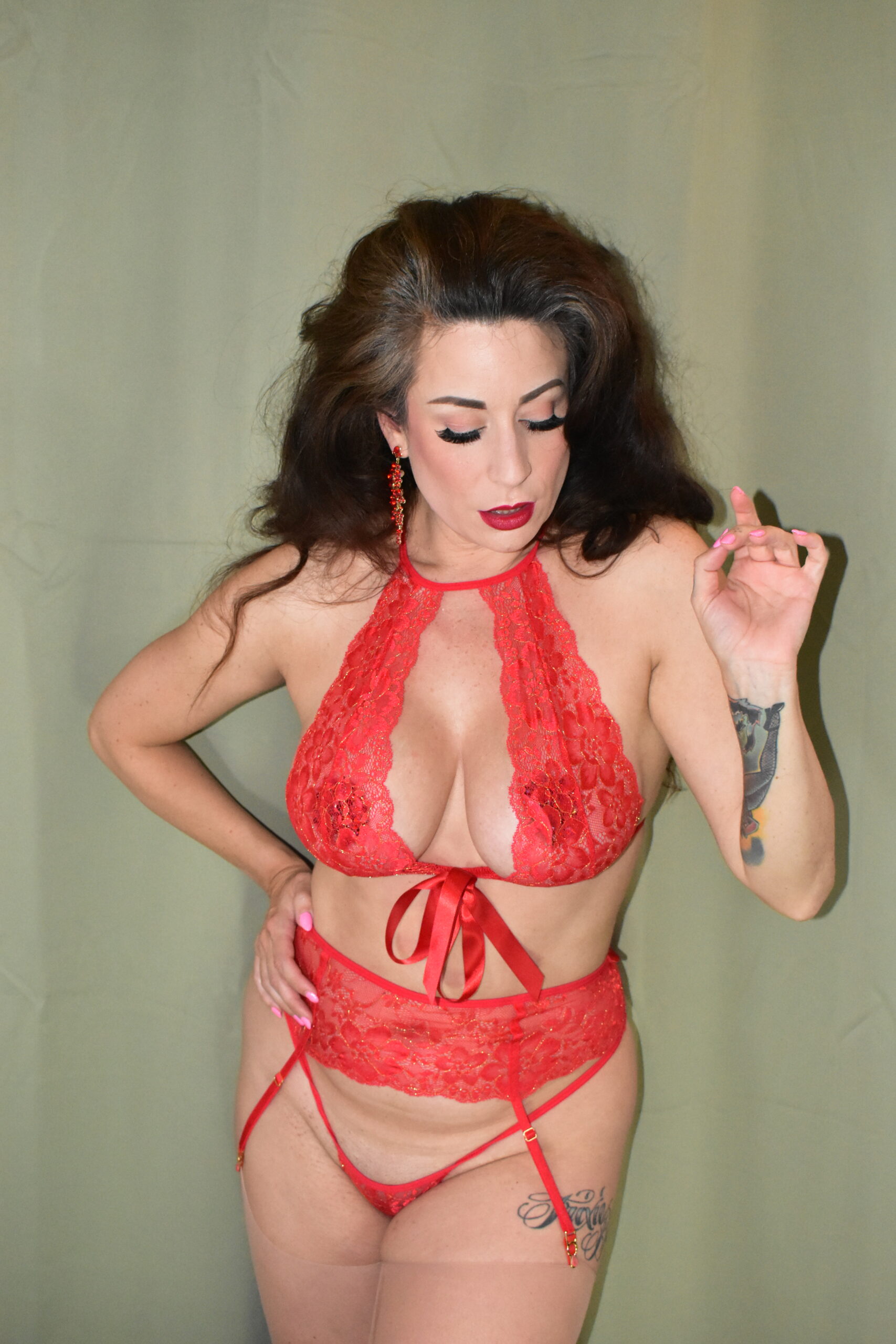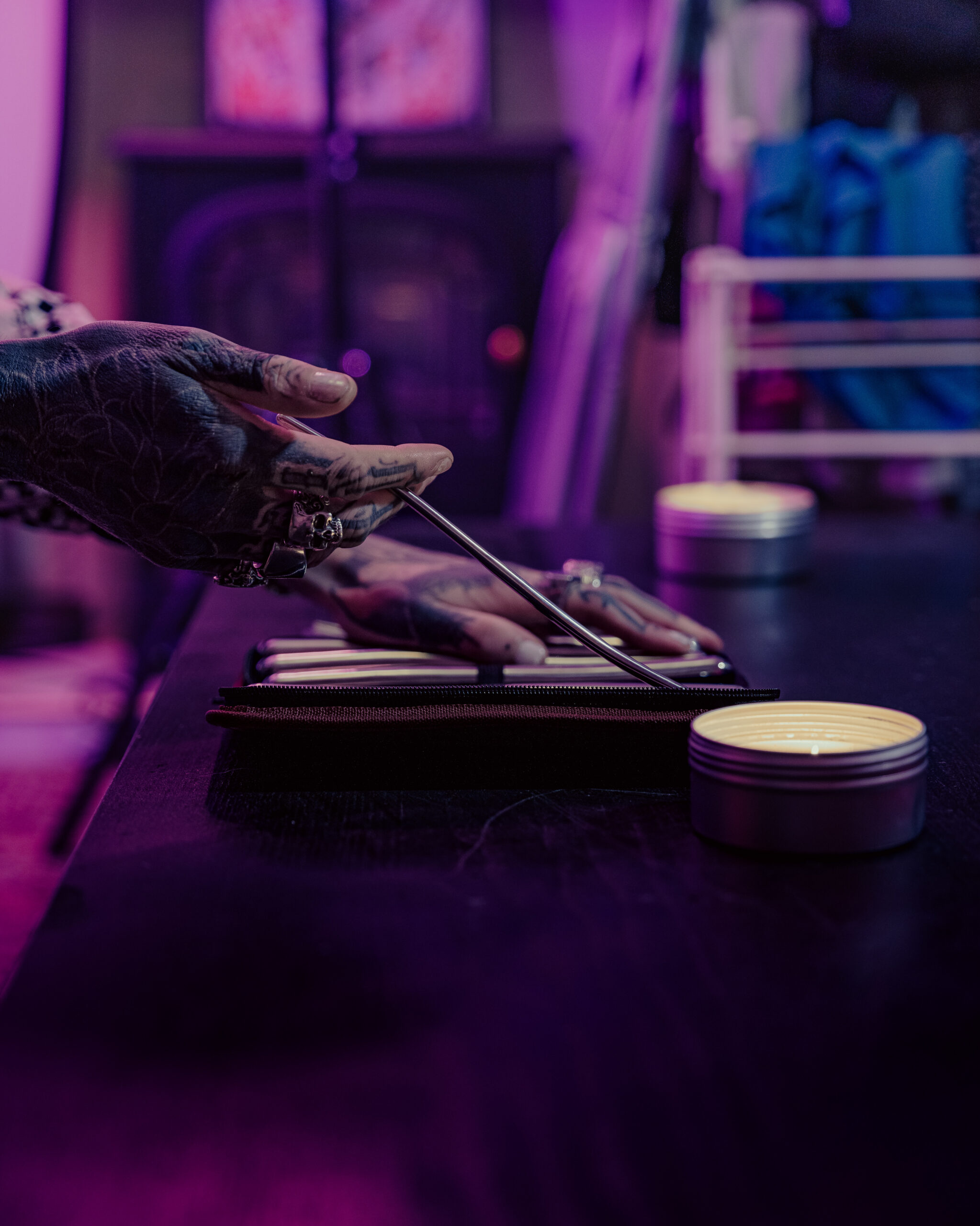Defining Gynesexuality
Gynesexuality, often described as an attraction to feminine-presenting individuals, encompasses a spectrum of romantic and/or sexual orientations. It emphasizes the individual’s expression of gender rather than focusing solely on biological sex. Understanding gynesexuality requires acknowledging its nuances and recognizing that it can manifest in diverse ways within personal experiences and relationships.
Core Concept
Gynesexuality is an orientation characterized by attraction to individuals who present as feminine. This presentation might be expressed through clothing, behavior, mannerisms, or any other aspect of gender expression. It’s crucial to understand that gynesexuality is not solely defined by physical attributes or biological sex; rather, it centers on the perceived femininity of a person.
Differentiating from Other Sexual Orientations
Gynesexuality stands apart from other sexual orientations because its primary focus lies in the attraction to feminine presentation, regardless of an individual’s assigned sex at birth. This distinguishes it from heterosexuality, which is typically understood as attraction to the opposite sex, and lesbianism or gayness, which center on same-sex attraction. While there can be overlap between gynesexuality and other orientations, the defining element is the emphasis on gender expression rather than solely biological sex.
Understanding the Spectrum of Gynesexuality
Gynesexuality, an orientation characterized by attraction to individuals who present as feminine, encompasses a diverse spectrum of experiences. This attraction is rooted in how someone expresses their gender, encompassing clothing, behavior, and mannerisms, rather than focusing solely on biological sex. Understanding gynesexuality requires recognizing its nuances and acknowledging that it can manifest in various ways within individual lives and relationships.
Variations in Attraction

Understanding the spectrum of gynesexuality means recognizing that attraction to feminine-presenting individuals is not a monolithic experience. Some individuals who identify as gynesexual may be exclusively attracted to people who express femininity in a specific way, while others may find themselves drawn to a wider range of feminine expressions.
It’s important to remember that gender expression is fluid and personal. What one person perceives as feminine, another might not. This means that gynesexuality can manifest differently for each individual, and there is no single “right” way to experience it.

Furthermore, gynesexuality exists on a spectrum and can intersect with other orientations. For example, someone who identifies as gynesexual might also identify as bisexual or pansexual. It’s important to allow individuals to define their own experiences and identities without imposing limitations or assumptions.
Intersections with Gender Identity

Gynesexuality is an orientation characterized by attraction to individuals who express femininity. This expression can manifest through various aspects of a person, such as clothing, behavior, mannerisms, or overall presentation. It’s important to remember that gynesexuality is not solely about physical attributes or biological sex; it centers on the perceived femininity of a person.
Understanding gynesexuality requires recognizing its diverse spectrum and acknowledging that attraction to feminine-presenting individuals can vary greatly from person to person. Some individuals who identify as gynesexual might be drawn to specific expressions of femininity, while others may find themselves attracted to a wider range of feminine presentations.
Furthermore, gynesexuality can intersect with other orientations. An individual might identify as both gynesexual and bisexual or pansexual, for example. It is crucial to allow individuals to define their own experiences and identities without imposing limitations or assumptions based on societal norms or expectations.
Cultural and Social Perceptions
Cultural and social perceptions play a significant role in shaping our understanding of sexual orientation, including gynesexuality. Societal norms often dictate how femininity is defined and expressed, influencing both individual experiences and broader acceptance within communities.
Historical Context
Historically, concepts of sexuality have been deeply intertwined with societal norms and expectations regarding gender roles. Societies have often imposed rigid definitions of masculinity and femininity, leading to limited understandings of sexual orientation. Within this context, attraction to individuals who express femininity may have been viewed through a lens of taboo or deviance, particularly in cultures that strictly adhere to traditional gender binaries.
However, as societies evolve and become more accepting of diversity, there is a growing recognition of the fluidity of gender expression and sexual orientation. Increased visibility and representation of individuals who identify as gynesexual contribute to greater understanding and acceptance within communities. The rise of online platforms and LGBTQ+ advocacy groups has also provided spaces for individuals to connect, share experiences, and challenge societal norms.
Despite progress, cultural and social perceptions surrounding gynesexuality can vary widely. Some cultures may be more accepting and inclusive, while others may hold more conservative views. It’s important to remember that individual experiences within communities will reflect these diverse perspectives.
Current Attitudes and Representations
Gynesexuality, an orientation focused on attraction to feminine-presenting individuals, is a concept still navigating cultural understanding. While societal views are evolving towards greater acceptance of gender fluidity and diverse sexual orientations, traditional norms often influence perceptions.
In some cultures, rigid gender roles and expectations can lead to misunderstanding or prejudice against gynesexuality. Expressions of femininity that deviate from societal norms may be met with disapproval or even discrimination. However, in more progressive societies, there’s a growing recognition of the spectrum of gender expression and sexual orientation.
The increasing visibility of gynesexual individuals through media representation, online communities, and advocacy groups is helping to challenge stereotypes and promote understanding. As conversations about gender and sexuality become more open and inclusive, cultural perceptions of gynesexuality are likely to evolve further.
Challenges and Discrimination
Cultural and social perceptions play a significant role in shaping how individuals understand and experience gynesexuality. These perceptions can influence both personal beliefs and societal attitudes towards this orientation.
Historically, rigid gender roles and binary understandings of sex have often led to misconceptions and prejudice surrounding non-heteronormative orientations, including gynesexuality.
In some cultures, traditional norms may dictate strict expectations for masculine and feminine behavior, leading to disapproval or stigma towards individuals who express attraction to those who defy these norms. This can result in discrimination, social isolation, and internalized shame.
However, progress is being made. As societies become more accepting of gender fluidity and diverse sexual orientations, there is a growing awareness and understanding of gynesexuality. Increased visibility through media representation, LGBTQ+ advocacy groups, and online communities helps to challenge stereotypes and foster empathy.
Challenges persist, particularly in areas where traditional values prevail or access to education about sexuality is limited. Open dialogues, educational initiatives, and the promotion of inclusivity are essential for creating a more accepting and understanding environment for all individuals, regardless of their sexual orientation or gender identity.
Navigating Relationships as a Gynesexual Person
Navigating relationships as a gynesexual person can be a unique experience, shaped by both personal desires and societal perceptions. Understanding this orientation requires recognizing that attraction is centered on the expression of femininity rather than solely biological sex. This means embracing the diversity of how individuals present themselves and navigating potential challenges stemming from cultural norms and expectations surrounding gender and sexuality.
Finding Community and Support
Finding community and support is crucial for gynesexual individuals as they navigate relationships and societal perceptions. Connecting with others who share similar experiences can provide a sense of belonging, validation, and understanding.
Online platforms and social media groups dedicated to gynesexuality offer valuable spaces for connection and shared experiences. These platforms allow individuals to connect with others regardless of geographical location, fostering a sense of community and support.
Attending LGBTQ+ events and gatherings can also provide opportunities to meet like-minded people and build relationships. Engaging with local organizations that support LGBTQ+ individuals can offer access to resources, social activities, and a network of allies.
Open and honest communication within relationships is essential for building trust and understanding. It’s important for gynesexual individuals to share their experiences and needs with their partners, creating a space where both parties feel comfortable and accepted.
Cultivating supportive relationships with family and friends who are accepting and understanding can also be invaluable. While not everyone may fully comprehend gynesexuality, having allies who offer encouragement and respect can make a significant difference in an individual’s well-being.
Remember that finding community and support is an ongoing process. It may take time to connect with individuals who truly understand and embrace your identity. Be patient with yourself and keep seeking out spaces where you feel safe, accepted, and valued.
Open Communication with Partners
Navigating relationships as a gynesexual person can be a unique experience. Understanding that attraction is centered on the expression of femininity rather than solely biological sex is crucial. This means embracing the diversity of how individuals present themselves. It’s also important to navigate potential challenges stemming from cultural norms and expectations surrounding gender and sexuality.
Open and honest communication within relationships is essential for building trust and understanding. Gynesexual individuals should feel comfortable sharing their experiences and needs with their partners, creating a space where both parties feel accepted.
Finding community and support is also crucial. Connecting with others who share similar experiences can provide a sense of belonging and validation. Online platforms and social media groups dedicated to gynesexuality offer valuable spaces for connection. Attending LGBTQ+ events and gatherings can also create opportunities to meet like-minded people and build relationships.
Cultivating supportive relationships with family Crunchy Jewels and friends who are accepting and understanding can be invaluable. Having allies who offer encouragement and respect can make a significant difference in an individual’s well-being.
Addressing Biases and Misunderstandings
Navigating relationships as a gynesexual person requires a multifaceted approach that acknowledges both personal desires and the social context surrounding this orientation. It’s crucial to remember that attraction is centered on the expression of femininity rather than solely biological sex.
This means embracing the diversity of how individuals present themselves and understanding that there is no single “right” way to express femininity. Open and honest communication within relationships is paramount. Gynesexual individuals should feel comfortable sharing their experiences and needs with their partners, creating a space where both parties feel safe, understood, and respected.
Seeking out supportive communities can be incredibly beneficial. Connecting with other gynesexual individuals provides a sense of belonging, validation, and shared understanding. Online platforms, social media groups, and local LGBTQ+ organizations offer valuable spaces for connection and support.
Navigating societal perceptions and potential biases is also an important aspect. While awareness and acceptance are growing, cultural norms and expectations can still influence how gynesexuality is understood. It’s essential to educate others about the nuances of this orientation and challenge any misconceptions or stereotypes that arise.
Remember that finding a supportive environment takes time and effort. Be patient with yourself and others as you navigate this journey. Celebrate your identity and embrace the richness that diversity brings to relationships and communities.
Cleveland Relationship Therapy
- Obagi Blue Peel Radiance Peel Near Ash, Surrey - May 28, 2025
- Thc Soda In Hawaii HI - May 28, 2025
- What Are The Common Misconceptions About Bum Filler Injections? - May 27, 2025
